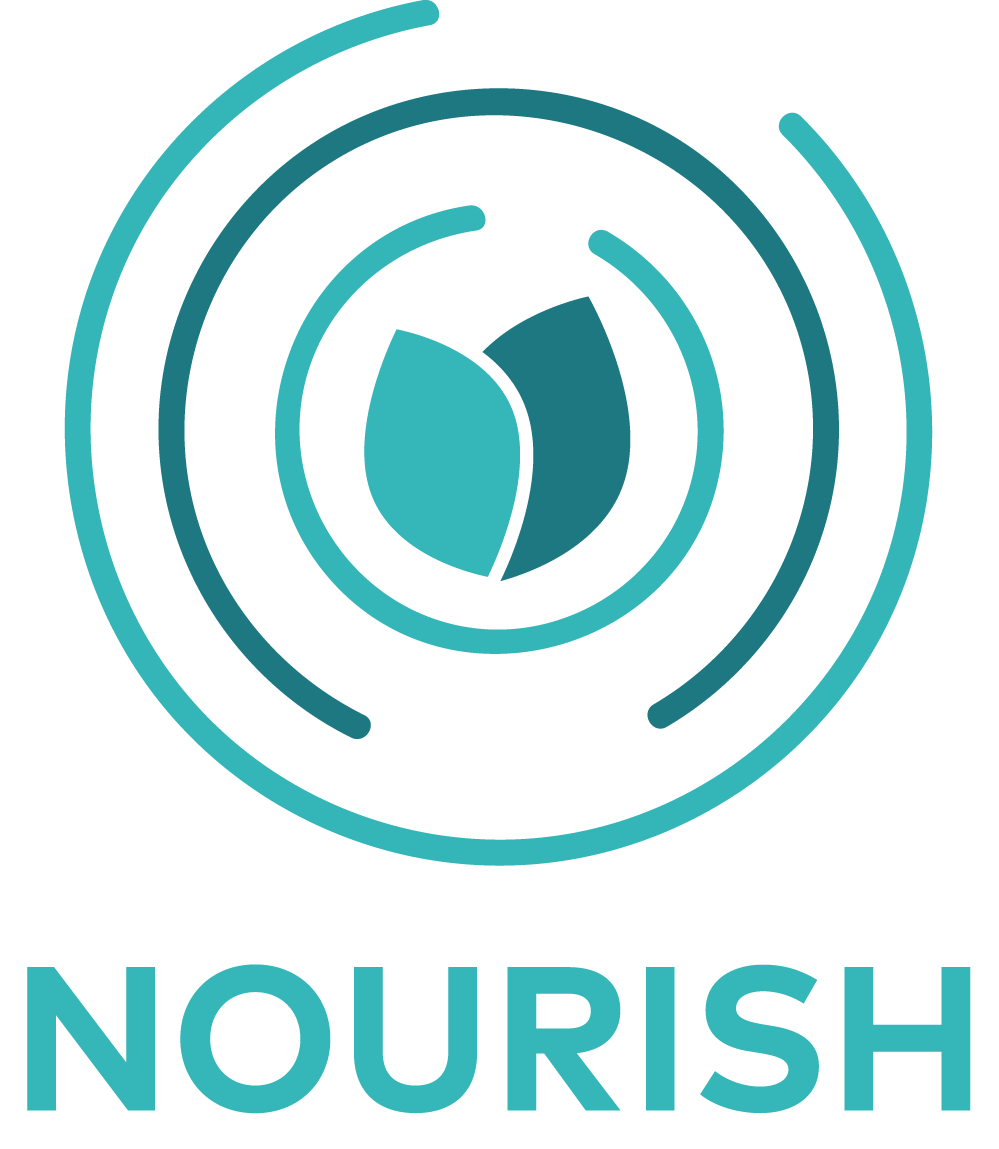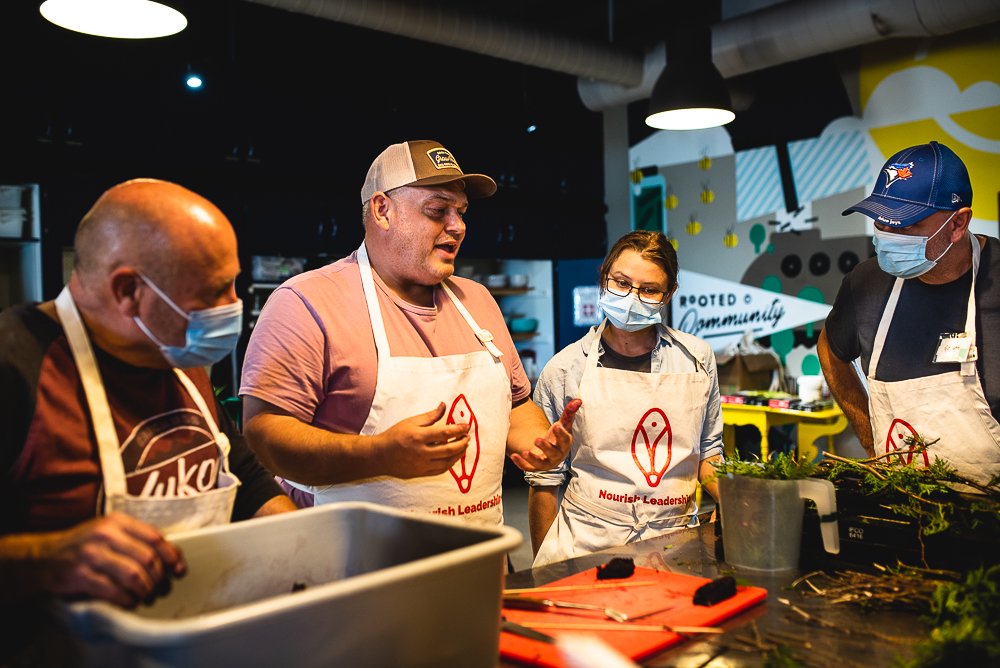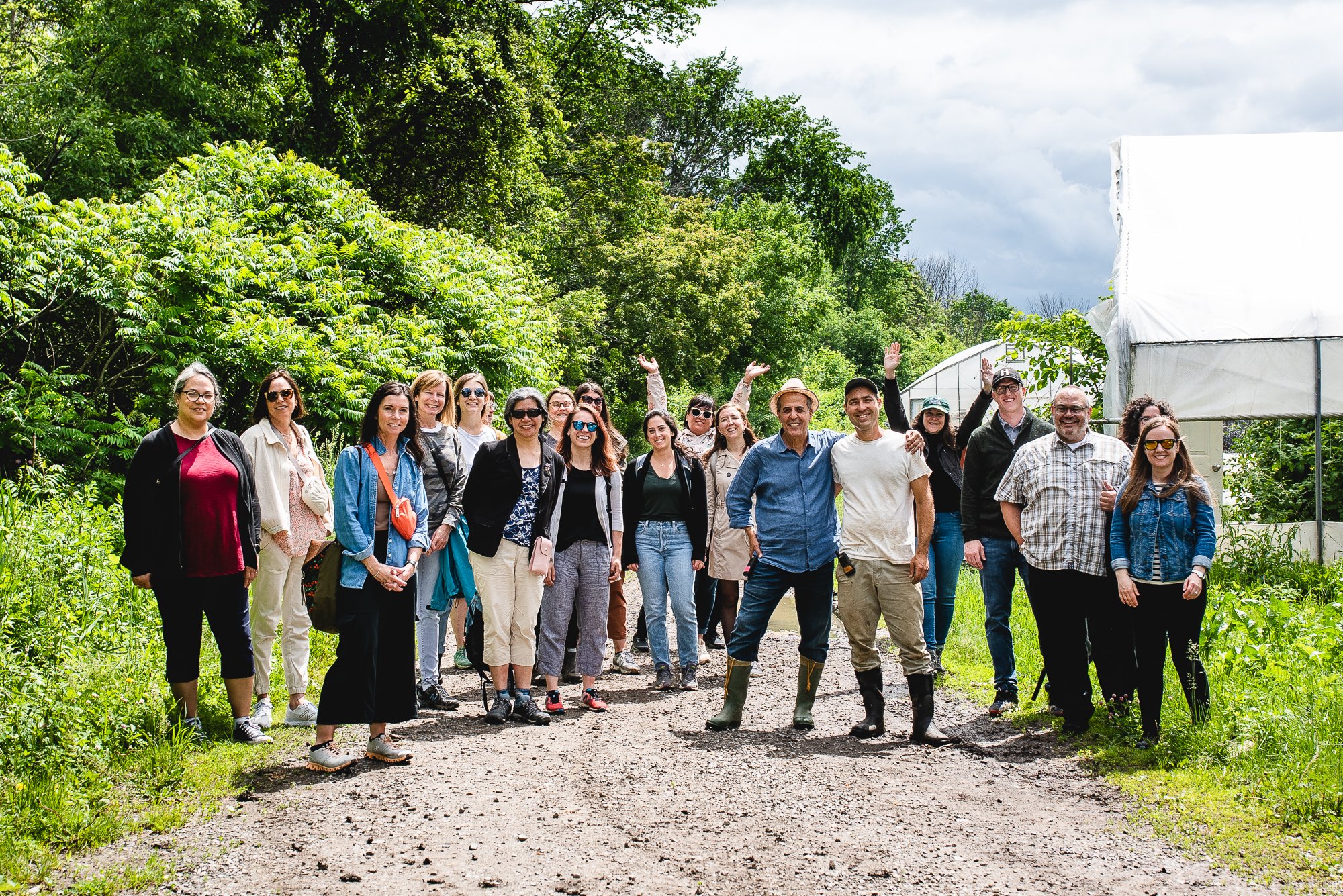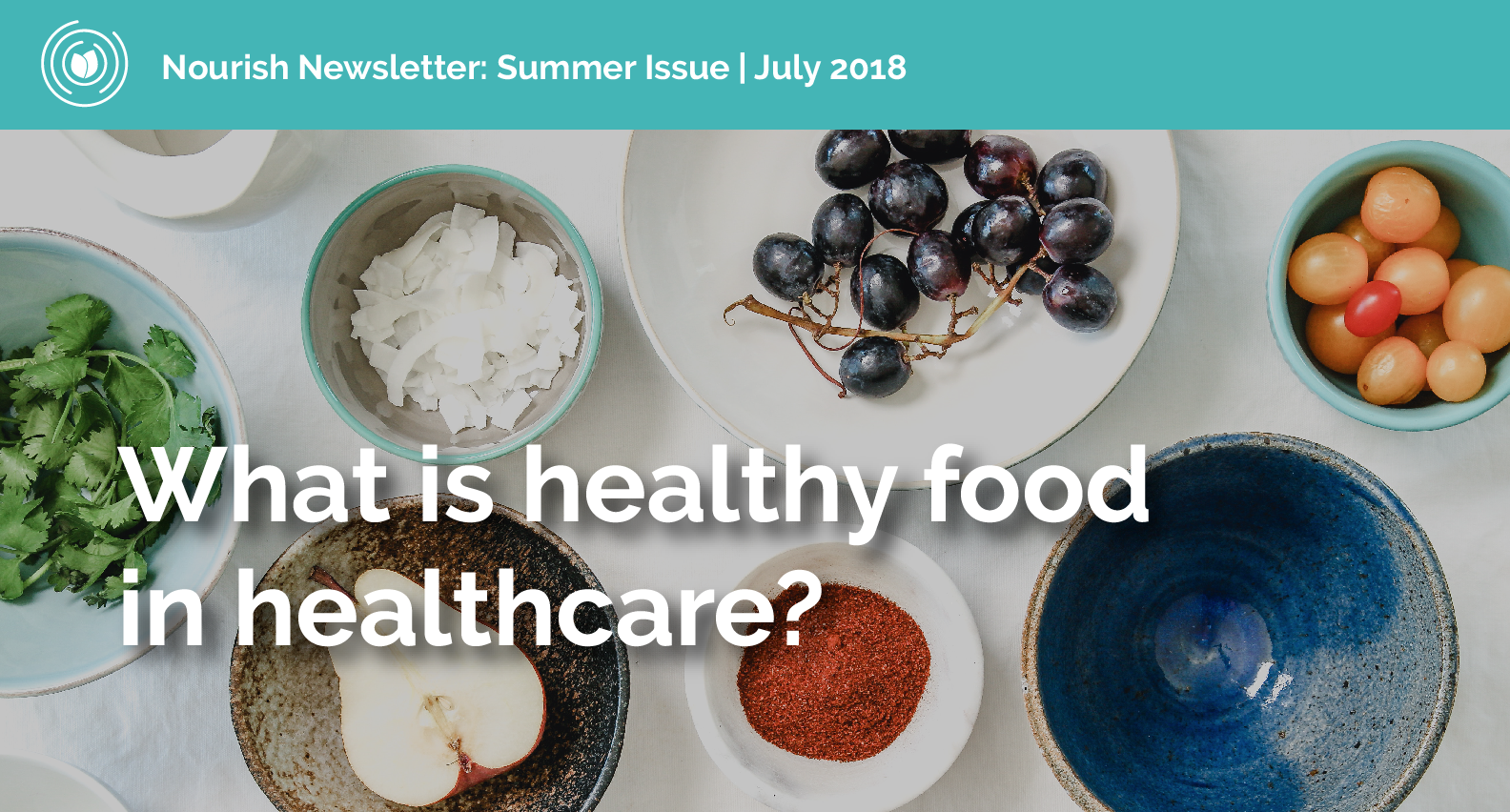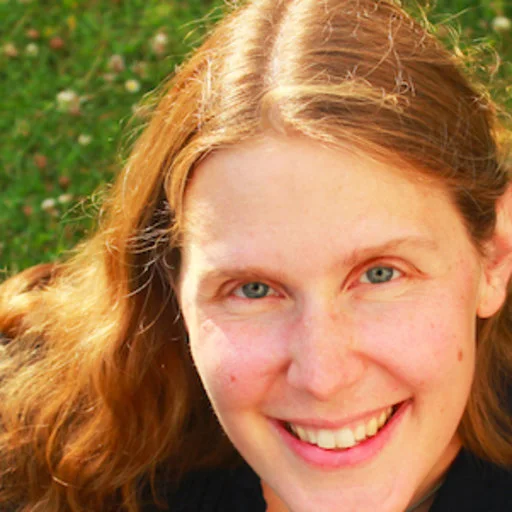Hello readers,
Your Thanksgiving tables likely looked very different this year, as did ours. As a team, we’ve been reflecting on the interconnected practices of grief and gratitude, musing that the depth of one reflects the capacity for the other. We offer this Fall’s newsletter with a call to slow down - if only for a few minutes - and honour all that has been lost through 2020, so that we might connect to both a deeper sense of gratitude for the people, values, and feasts that sustain us - and to the deeper call for societal transition that this pandemic has highlighted.
Our gratitude for the frontline workers, care-givers, and communities who rallied to support the successful recovery of almost 161,000 COVID-19 cases thus far is a balm to our grief for the 9,669 lives lost to COVID-19. Our grief for Joyce Echaquan fuels our gratitude for the advocates and agencies working to dismantle the systemic racism that lurks in the halls of health care. Our plates are full, our stores replenished, and there is work to do.
As so many of you have told us: the moment to consciously rebuild is now.
This Fall we will open recruitment for the Anchor Collaborative Program. The next generation of our Innovator program, this program seeks teams of diverse health care and community partners collaborating to tackle interconnected challenges of health inequity felt by Black, Indigenous, and other communities of colour; of food insecurity; of ever-climbing rates of diet-related chronic disease; and of the impacts of climate change. These are wicked problems that we must co-solve for as we tackle the pandemic. Save Tuesday, November 24, 12pm-1:30pm ET in your calendar for the official launch.
In the meantime, dig into our new series of Transition Practice Studies that highlight Canadian health care leadership on Nourish's Food for Health Levers.
We are also so pleased to introduce to you Nourish’s two new Anchor Program Managers, Mair Greenfield of Kebaowek First Nation and Robin Speedie of Burnaby. We are also excited to announce the stellar circle of Indigenous & Allies’ Advisors and a Nourish Advisory bringing together thought leaders from across both food and health systems.
Enjoy the cornucopia that is this newsletter, and a toast to having you join us on the road to rebuilding.
Hayley Lapalme & Jennifer Reynolds
Nourish Co-Directors
Anchor Collaborative Program Launch Webinar
Nourish is seeking its next cohort for a two-year leadership innovation program that will support health care and community collaborations innovating through food to build health for people and the planet. Join us November 24th for the recruitment kickoff webinar to learn about the 6-month capacity building program that precedes the cohort selection.
Nourish Impact Areas & Levers
Introducing our Food for Health Levers - a resource that frames the powerful ways to impact climate, equity and community well-being through food in health care.
Nourish Transition Practice Studies Highlight Canadian Food for Health Innovations
Explore our new series! Learn how the pursuit of a better patient food experience at Sainte Justine hospital in Montreal led to financial and ecological benefits; how a generational effort to combat systemic racism in health care led to the creation of Meno Ya Win Health Centre and its traditional food program; and how a procurement manager at the City of Thunder Bay discovered new opportunity to contribute to the local food system and reconciliation through food.
FoodRx Grants Announced
FoodRx: COVID-19 Patient Food Security Fund supported 14 health care organizations to better meet the needs of patients for whom the pandemic had contributed to increased food insecurity.
Nov 12 - This new online guide comes from the Nourish Innovator Collaborative Project and supports health care food service managers to create more sustainable menus, one step at a time. Register for the launch webinar on November 12, 1 - 2 pm EST.
Deepen Your Reconciliation Journey
In Cultural Mindfulness: Everyone Has a Story, Elder George Couchie surveys Indigenous culture and history, educating about the impacts of residential schools, while youth demonstrate how embracing culture allows them to break negative cycles of the past.
Webinar:
Putting Quality Food on the Tray
Hear the results of this research project in Ontario hospitals. Patient and staff perceptions of hospital meal quality will be discussed.
November 23, 2020 12:30-1:30 EST. Email vtrinca@uwaterloo.ca for details.
In the News
Quebec Ministry of Agriculture, Fisheries and Food (Oct 2, 2020): The Quebec ministry announced a new strategy to support local food purchasing in Quebec institutions.
Buying local - A new strategy to get Quebec food products on the school and hospital plates (Sept 23, 2020): Four years ago, Ste-Justine Hospital decided to revamp its food offerings to please its young patients, after too many children were sending back their meals untouched.
